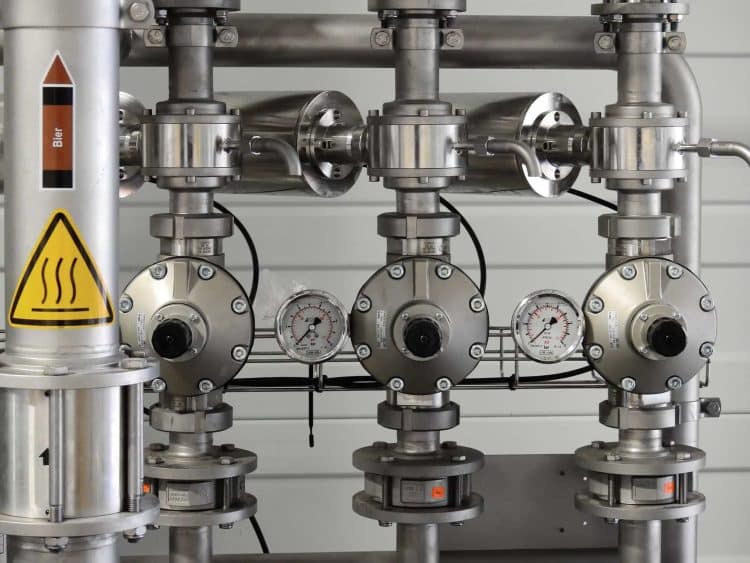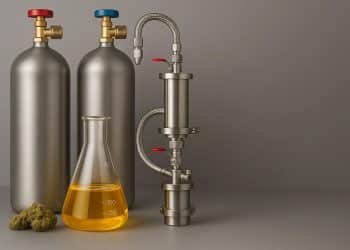The extraction procedure allows the isolation of valuable active compounds from plants. Over the years, many different kind of equipements have been developed, depending on the kind of raw materials to be extracted and the solvent used for the procedure. Continuos efforts are made for the optimization of existing machineries in order to reduce the extraction time, increase the purity of the final extract, reducing the pre- and post-processing operations and obtaining higher extraction yields. Many plant-derived compounds are used as active pharmaceutical ingredients (API) or added in cosmetic and wellness products, in addition to serve as aromas and flavors in the food industry.
Maceration, soxhlet extraction, hydro-distillation, and heat-reflux extraction have been used for decades to extract natural products, nevertheless the high temperatures required, the long treatment duration, high quantities of solvent used and the laborious manual work needed have been some of the downsides of these techniques to overcome. [1]
Ultrasounds and microwaves are capable of enhancing the extraction efficiency, reducing the
maceration time and the solvent use: the application of these waves to the plant matrix immersed in a liquid medium, in single or combined modes, offer excellent advantages compared to conventional techniques and permits the formation and collapse of bubbles in the solvent, enhancing its movement and mass transfer of bioactive compounds from the biomass.[2]
The accuracy of the extraction temperature can largely influence the composition of the final product and the necessity or not of post-processing procedures. For this reason the extraction vessels are often provided with a single or double jacket in which a fluid can warm or cool the mixture by circulating around the exterior or interior of the extraction chamber. A double jacketed vessel permits to maintain the desired temperature, applying vacuum at the outer jacket while circulating warm or cold fluid in the inner jacket. Jacketed systems provide a better process control while reducing the costs for the energy.
To facilitate the temperature set up, extraction machineries and chillers or coolers of liquids circulating in the jackets are provided with thermostats. Moreover, if the process involves the use of pressurized solvents, as in the case of closed loop systems using solvents at supercritical state, the chambers are made in stainless steel to sustain the pressure build up and provided with barometers and security valves, to check and adjust the pressure and release it if necessary.
The inclusion of sight glasses or view ports in both tanks and pipelines allows the control of the extraction progress, evaluating solvent levels, the colour and consistency changes of the crude extract, the visual verification of the extraction stages including the flow direction and the fluids flow rate.
A deeper understanding of extraction principles and the physico-chemical properties of the plant material and solvents will be at the basis of the design of new extraction machinery details in order to enhance the performances and better regulate the processing parameters to obtain the highest quality extracts.
Reference:
[1] Both S. et al. Extraction of polyphenols from black tea – Conventional and ultrasound assisted extraction. Ultrasonics Sonochemistry, (2014), 21(3), 1030–1034. doi:10.1016/j.ultsonch.2013.11.005 [Journal impact factor = 7.35 ] [Times cited = 124 ]
[2] Vernès, L. et al. Liquid-Phase Extraction || Ultrasound and Microwave as Green Tools for Solid-Liquid Extraction. (2020); 355–374. doi:10.1016/B978-0-12-816911-7.00012-8
Image: https://www.pexels.com/it-it/foto/tubazioni-metalliche-con-manometro-372796/












